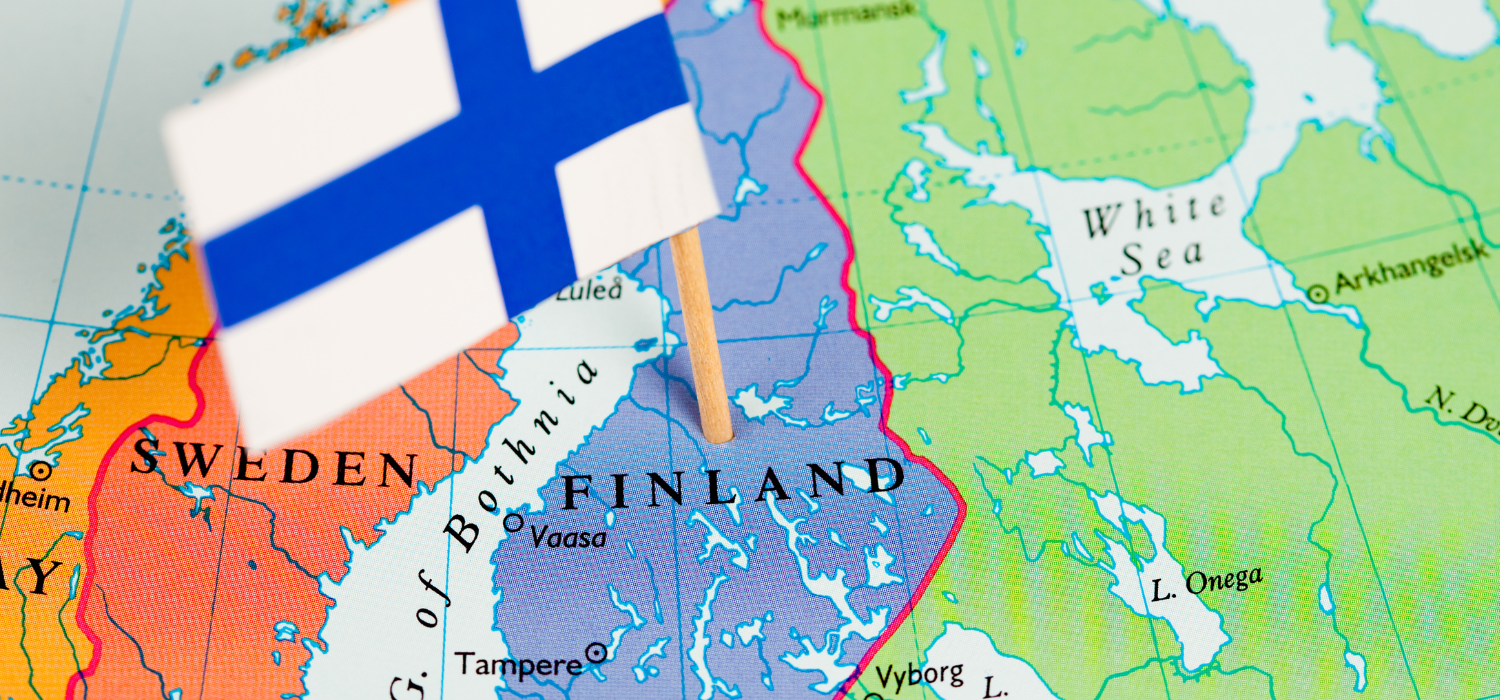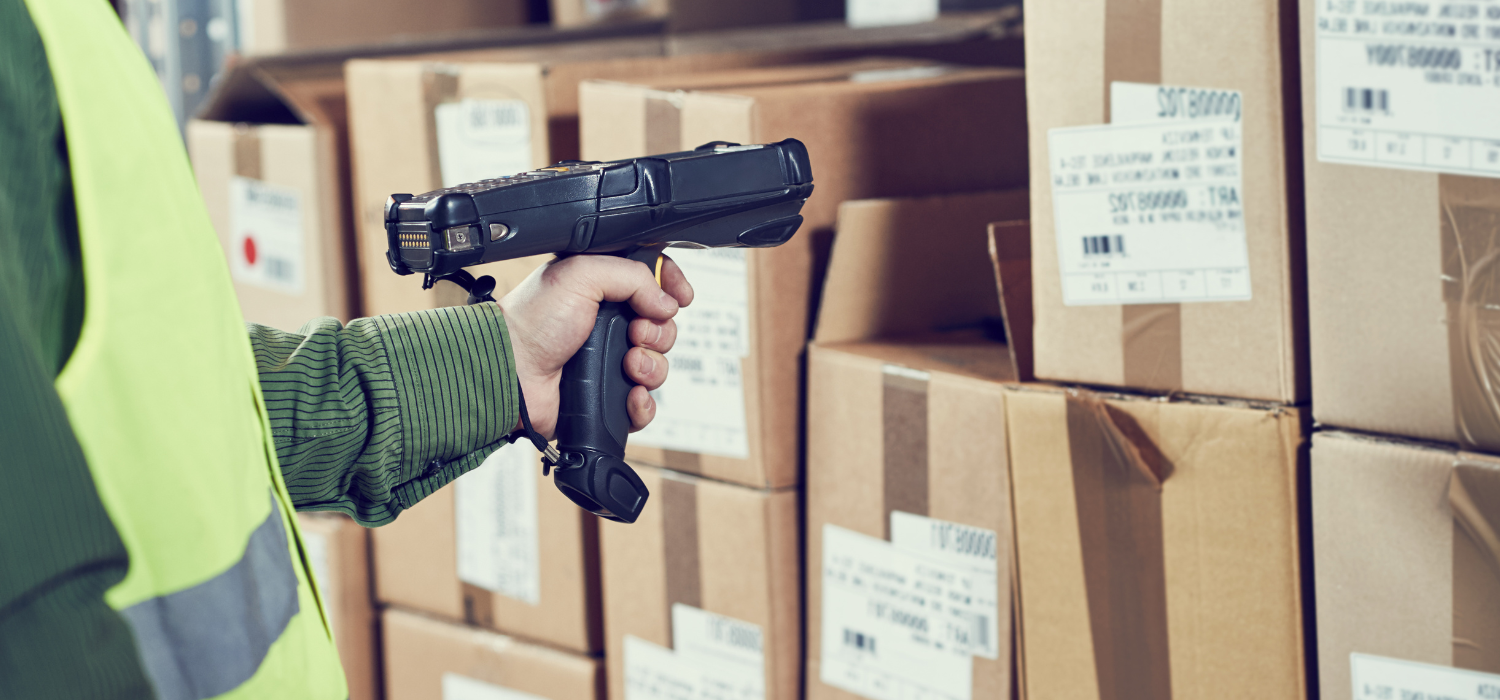Accomplice also to the Covid-19 pandemic, eCommerce is experiencing a moment of unprecedented growth: in fact, according to data from the Milan Polytechnic’s B2C eCommerce Observatory, in 2020 the B2C segment recorded a turnover of 30.6 billion euros and the Food and Grocery sector underwent a 70 percent growth, exceeding 2.71 billion euros in value.
However, it is not only turnover that is growing: with the eCommerce boom, pollution is also – inevitably – increasing.
The Internet, by itself, is responsible for 7 percent of global pollution, a figure in which eCommerce is also included. The latter, however, also pollutes for another reason: as last-mile deliveries increase, the number of delivery vans driving around cities grows, causing more traffic and increased C02 emissions.
According to a McKinsey study, by 2050 the number of commercial vehicles in the world will reach 462 million, and 80 percent of light commercial vehicles passing through cities belong to a class below Euro 5.
What is the last mile?
As we have also explained here, Last Mile refers to the last portion of the route traveled by a parcel before it is delivered to the end buyer. The starting point is always the same, i.e., the warehouse where the product is located, the arrival point, on the other hand, changes depending on the delivery mode chosen: it could be one’s home in case of Home Delivery, a store in case of Click and Collect, or a pickup point in case of Locker, Newsstands, etc.
How much does the last mile pollute
Freight traffic is estimated to contribute between 20 and 30 percent to air pollution in urban areas. Last mile delivery vehicles account for nearly a third of total traffic in cities. Vehicles that often travel half-empty and on average return to the warehouse with 10 percent of their goods undelivered. For each unfinalized delivery, therefore, the trip will be double, as will the CO2 emissions.
Then there are two other elements to take into account:
1.The return of goods, estimated to be around 10%, and involving a double trip for a parcel;
2.The possibility of choosing a fast delivery, which on average pollutes three times as much as a more extended delivery time.
In general, then, the last mile is the stretch that impacts the environment more than the entire logistics process.
Solutions to last mile pollution
Several solutions exist to make the last mile more efficient by lowering not only pollution rates but also costs. Concrete actions that can be deployed by both users and logistics and eCommerce providers.
As far as users are concerned, the main solutions that can be implemented are:
- choose longer but also more sustainable delivery times;
- buying online only products that cannot be found within 15km from home;
- placing a single order for multiple products while avoiding multiple orders, at different times, from the same eCommerce platform.
Logistics service provider side, on the other hand, solutions can be:
- use electric vehicles for urban delivery of goods;
- optimizing trips by preventing vans from leaving half-empty;
eCommerce operators, however, can also do their part. How? For example, by offering their customers alternative solutions to home delivery, such as the ability to select a pickup point of their choice such as a locker or newsstand.
If you are an eCommerce operator and need help integrating pickup points and making yourself more sustainable, contact us.






